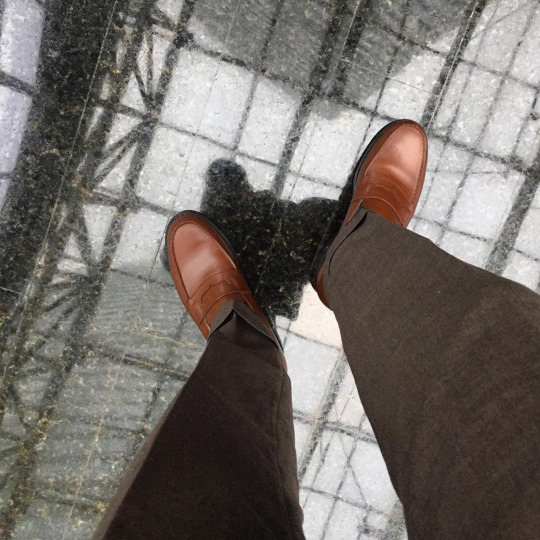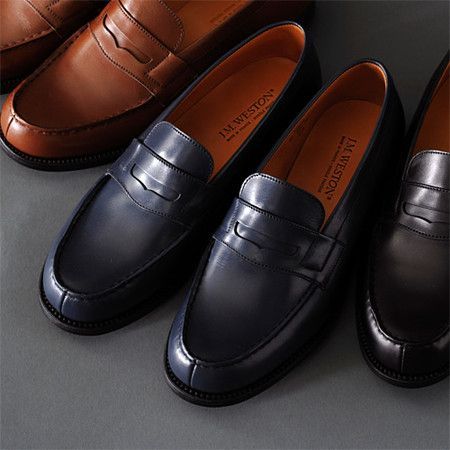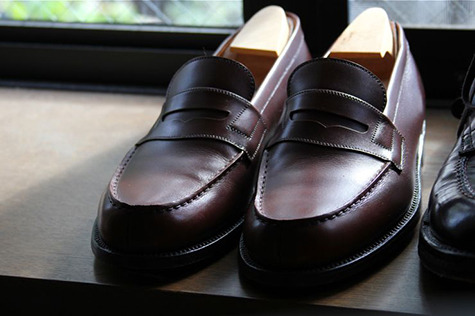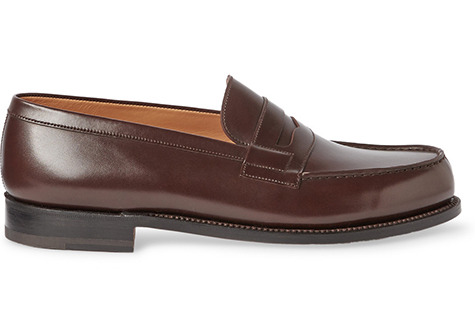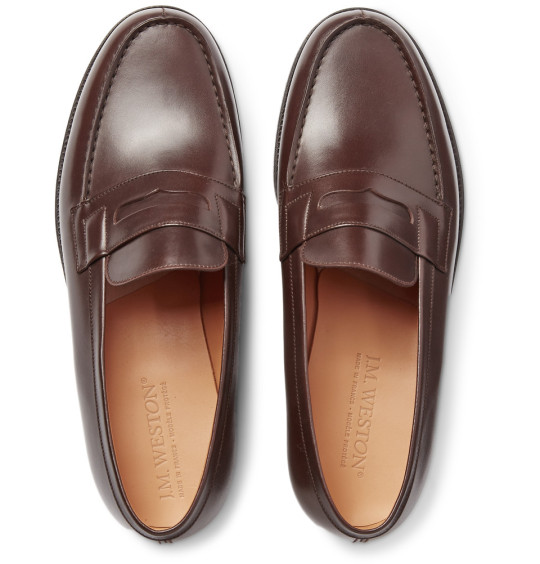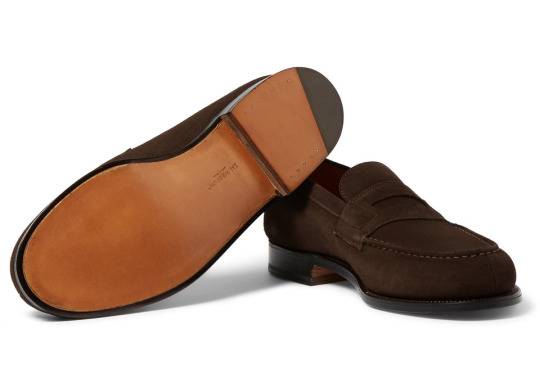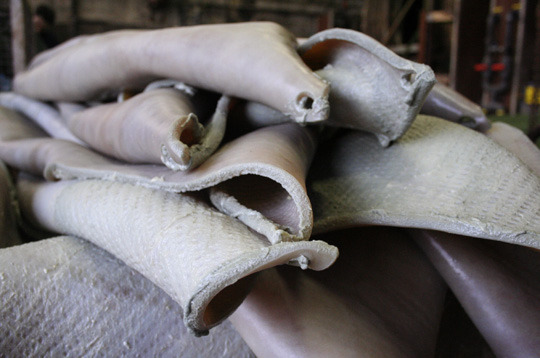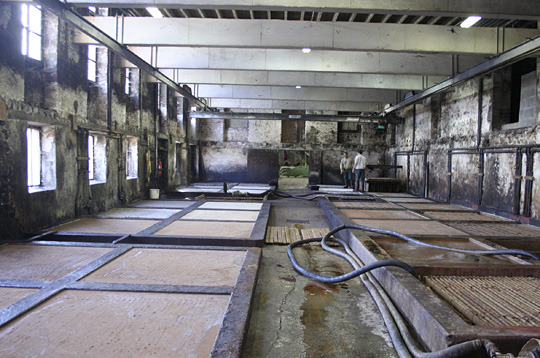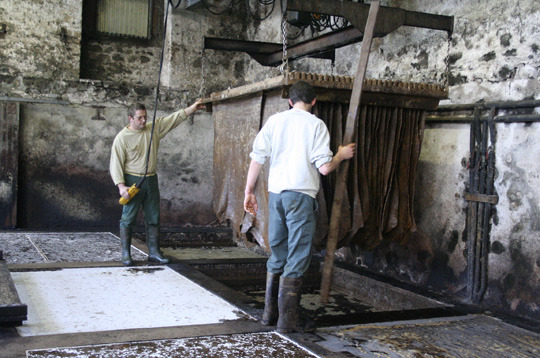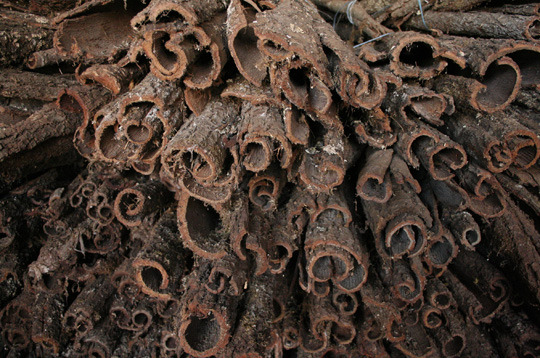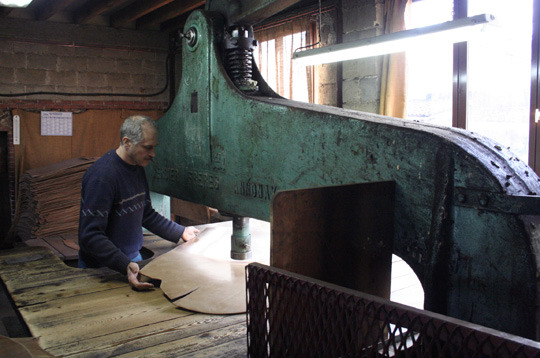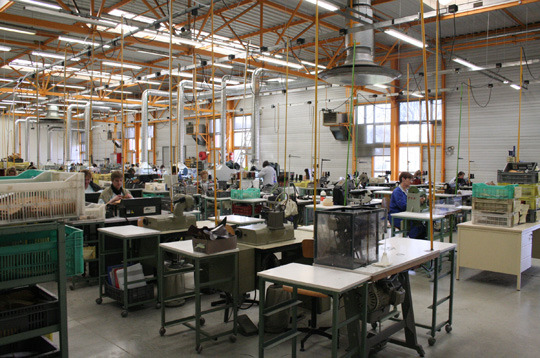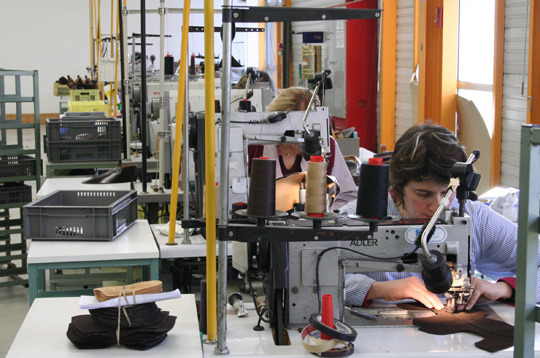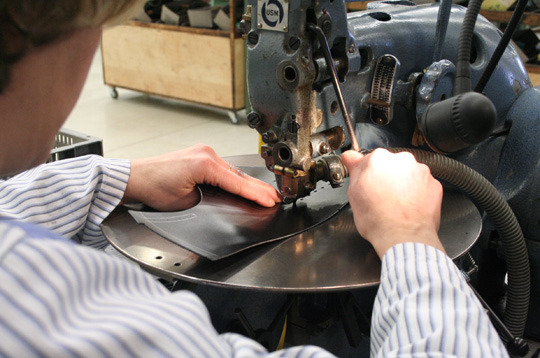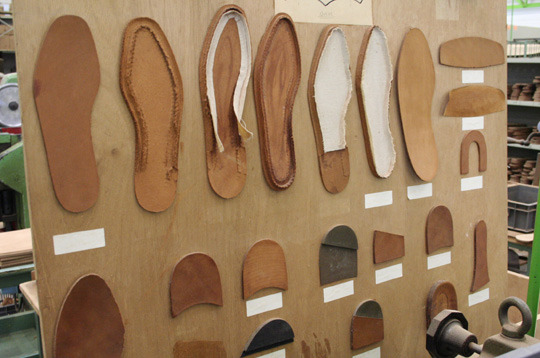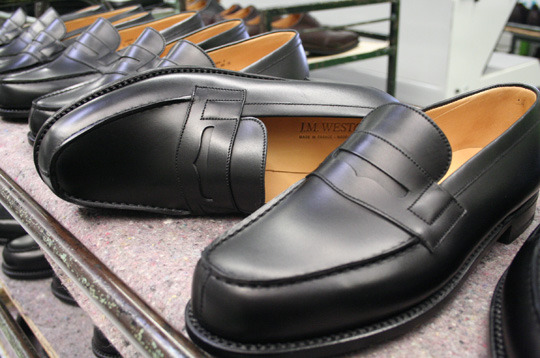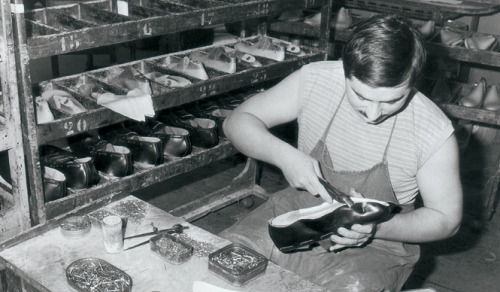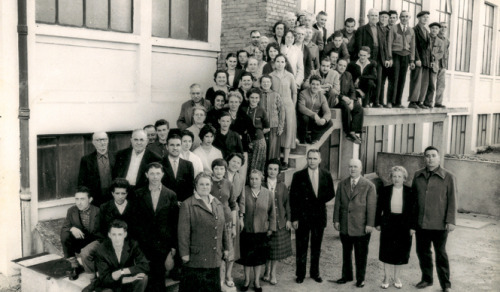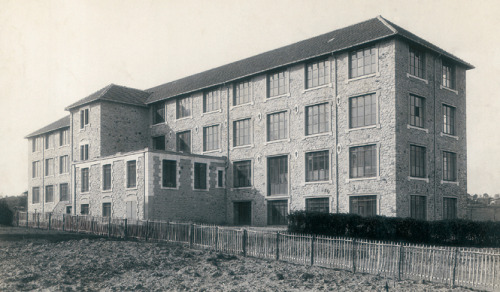
The penny loafer was the sine non qua of the post-war Ivy Look. Often worn with Shetland sweaters, flat front chinos, and tweed sport coats, they were the choice of Ivy League students across the East Coast, later finding broader appeal through Esquire. More than being an Ivy shoe, however, penny loafers embody the kind of casual, dressed-down style that the US has always championed (much like button-down collars, in that sense). In fact, that’s what originally made them popular with students, who wanted something comfortable and smart, but sufficiently casual to avoid looking corporate.
Which is why they continue to be so great today. They’re dressier than sneakers, but not as formal as wingtips. They go just as well with jeans and casual jackets as they do with sport coats and trousers. The Prince of Wales even wears them with casual suits (although I don’t recommend them with dark business suits).
If the penny loafer is an American icon, it stands to reason that the best pennies ought to be from a US company. Unfortunately, G.H. Bass – who invented the style in the 1930s by placing a vamp saddle on a Norwegian slip-on – hasn’t made good shoes in decades. That leaves Alden, Allen Edmonds, and Rancourt, all three of which are good, but I find their best pennies to be very casual. Alden’s partially lined slip-ons, for example, go well with jeans and Trad looks, but their dressier, Copley-lasted loafers don’t have as much sophistication as Edward Green’s Piccadilly (my favorite with tailored clothing).
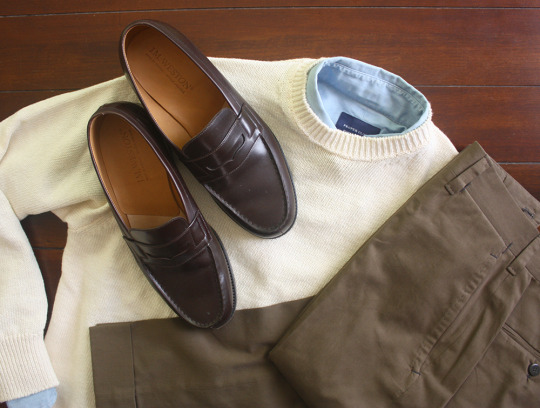
Lately, I’ve been wearing JM Weston’s 180 loafer a lot. They’re popular in Japan, but don’t get as much attention in the US. Not for any good reason, either. Their high side walls make them more distinctive than their Northampton counterparts, and the well-balanced design allows them to be worn with tailored clothing and casualwear. A bit smarter Aden’s loafer; a little less urbane than Edward Green. I also find the higher profile looks good with moleskins and corduroys in the fall/ winter months.
The only problem: JM Weston has one of the most confusing sizing systems around, which makes it difficult to buy from non-JM Weston stores – let alone second-hand markets and flash discount sites.
Like most shoe companies, JM Weston has three sizes. There’s the US size, which follows the Brannock system (straightforward enough). Then a UK size that’s a half size down, as well as special JM Weston size that’s another full-size down. Add to this the fact that they demarcate half-sizes with a slash, rather than a “0.5,” and you get all sorts of confusion. Mr. Porter misrepresents their JM Weston shoes with UK sizes, even though their inventory is actually managed with JM Weston sizes. Ebay sellers also often wrongly list their loafers with full sizes, misreading the dash on the box.
My recommendation: go to the store in NYC and try these on in-person. If that’s not possible, buy from a shop that offers easy returns and exchanges. My Brannock size is 9D, so I take a 8.5D UK in JM Weston’s 180 loafers, or a 7.5D in their special Weston-only sizing (respectively, these would translate to 8/D and 7/D in Weston terms). It takes a while to figure out your size, but once you get it right, these feel as good as they look.
Pictured above: olive chinos from Napoli Su Misura, washed denim shirt from Proper Cloth, cream linen sweater from Inis Meain, and dark brown loafers from JM Weston.
(photos via me, Gusvs9, and JM Weston)
